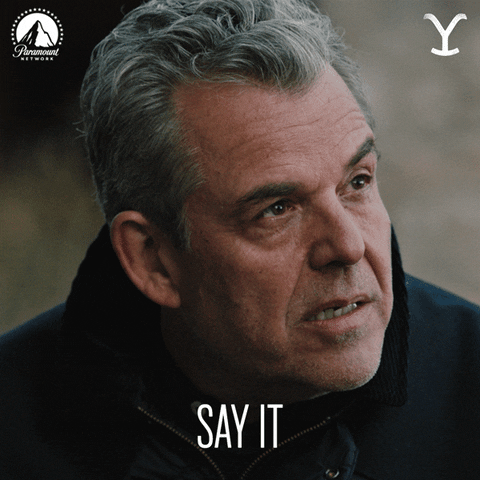"Tell them what you're going to say, say it, and then tell them again."

These three parts are behind every good story, and presenting to an audience is just another form of storytelling!
Tell Them What You're Going To Say
What's your presentation about? In this introduction include:
The points you intend on making (an agenda)
An executive summary to build your case
A sneak peek at the conclusion
Example: "I will lay out the ROI for a new customer support centre and discuss three ways in which it will help our business."

This section makes up 10% of the presentation.
Say It
This is the bulk of your story and your time to include:
Research findings
Financial analysis
Proof points
Charts
Graphics
Use these tools to point back to your presentation topic and summary, and support it. Don't rush this part and pause often to ensure your audience understands your message.
 This section makes up 80% of the presentation.
This section makes up 80% of the presentation.
Example: "Let's dive into the financials. By year three, we project a $2 million savings, and here's how we'll get there..."
Say It Again
Summarize your presentation:
What key points do you want your audience to remember?
Does your summary match your introduction and executive summary as stated earlier?

This section makes up 10% of the presentation, and is the most important 10%!
Example: "In conclusion, we will increase client satisfaction by 30% by adding a second customer service centre, increase average revenue per user by $150 per month, and reduce churn by 8%."
Quiz
Sandra is at the end of her presentation. Which is the strongest way to finish?
Take Action
A presentation is like a story, and good story telling has three parts: a beginning, middle and end.
The beginning outlines what will be presented, the middle is the presentation itself, and the end is a summary.
See the difference for yourself:
Your feedback matters to us.
This Byte helped me better understand the topic.
